Reciprocal Nest
THREE NESTS; ONE PUBLIC, ONE PRIVATE AND A BOOKSHELF
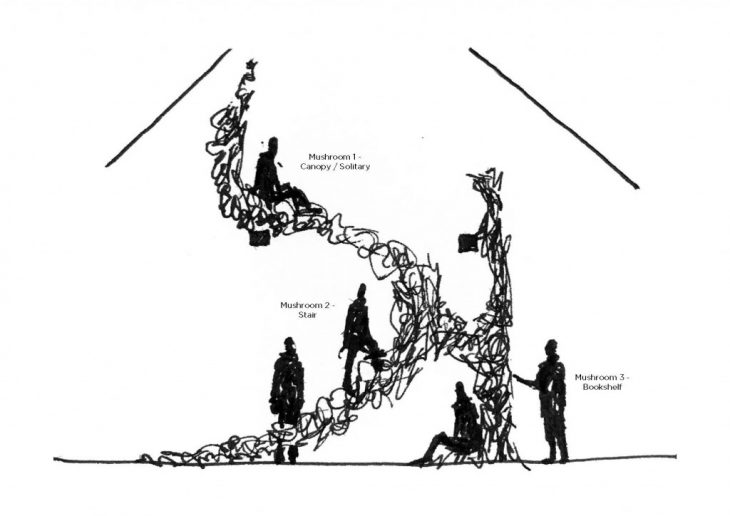
Our intent is to make a nest for gathering, relaxing, and isolating in the back of IAAC Atelier on the second floor.
The nest consists of three mushrooms that link together to form one overall structure: including a stair, a bookshelf, and a canopy/solitary seating.
Additionally, we utilized varying densities to create isolation and to filter views and light.
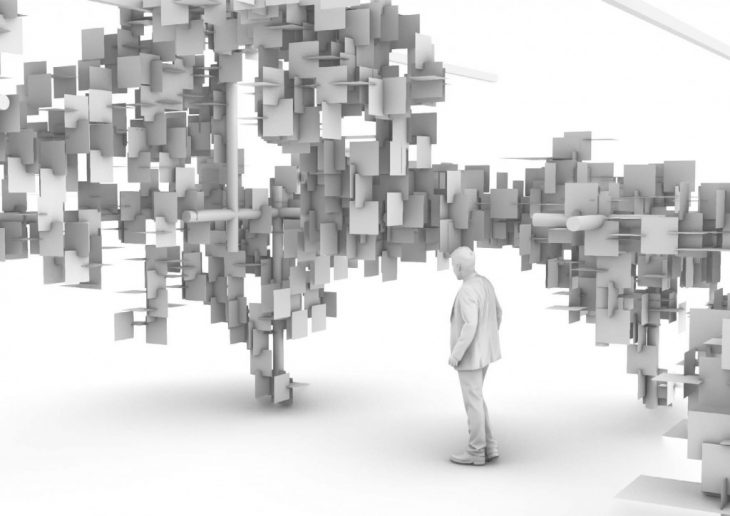
To achieve this nest effect, we considered the precedent, The Sequence, by Arne Quinze, which utilizes a primary frame in addition to smaller modules to create a nest-like canopy.
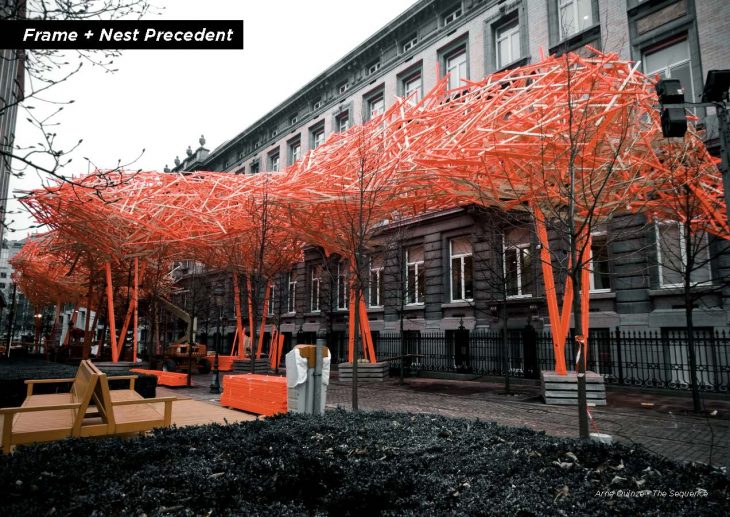
We started with the site and took advantage of the existing beams.
This area is currently not in use by students and could act instead as a much needed space for storing, relaxing, and meeting.
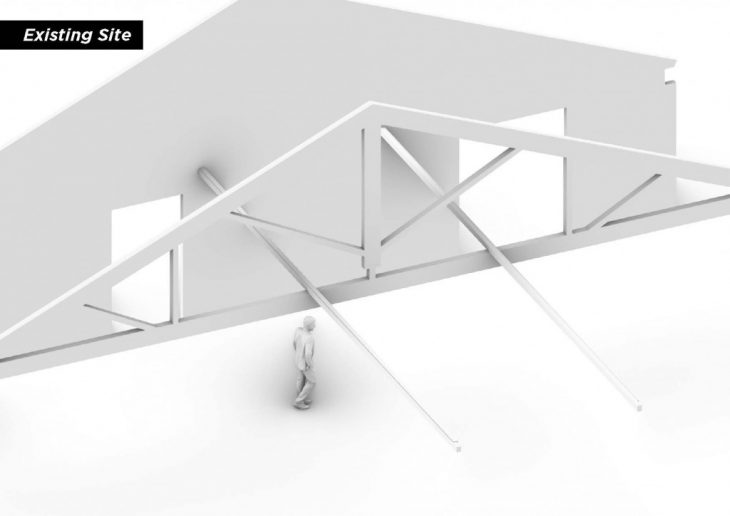
From here, we built off of the beams with simple wooden members, creating the general form with sticks.

With a displacement analysis, we determined the area most in need of additional support.
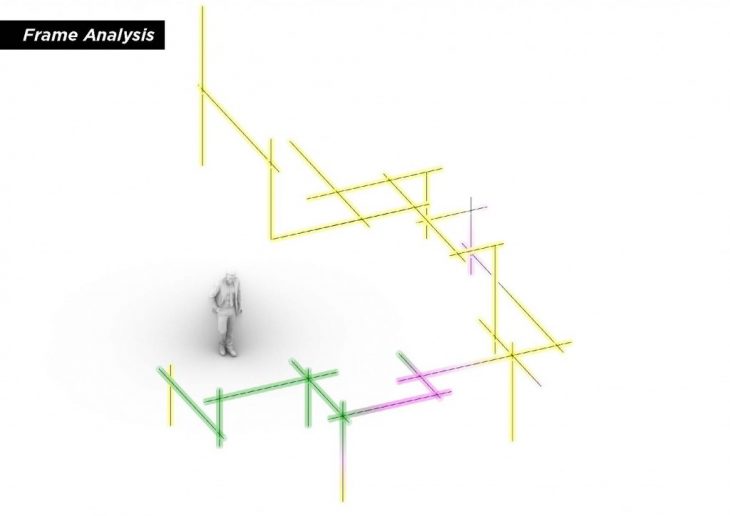
In order to support these beams, we came up with a secondary support system.
As an example, we started with a reciprocal grid – which can be seen in the canopy mushroom and added bracing to alleviate stress and bending moments.
In the model with all bracing combined the bending has improved by 74%.
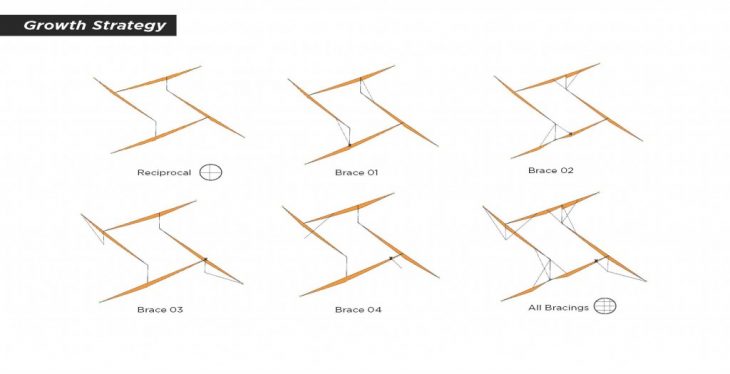
Translating these supports into our own structural language of a nest, the additional bracing is instead achieved with an aggregated module.
First we placed the modules in the areas that alleviated the most bending.
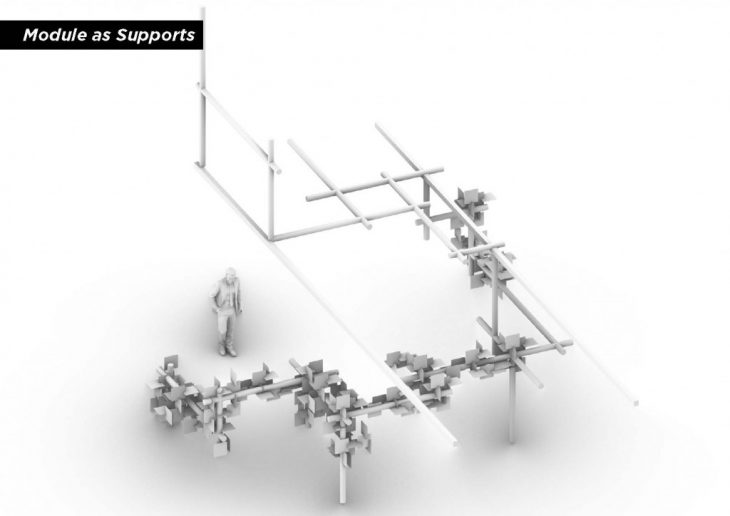
Then we added rectangular modules to define the stair path.
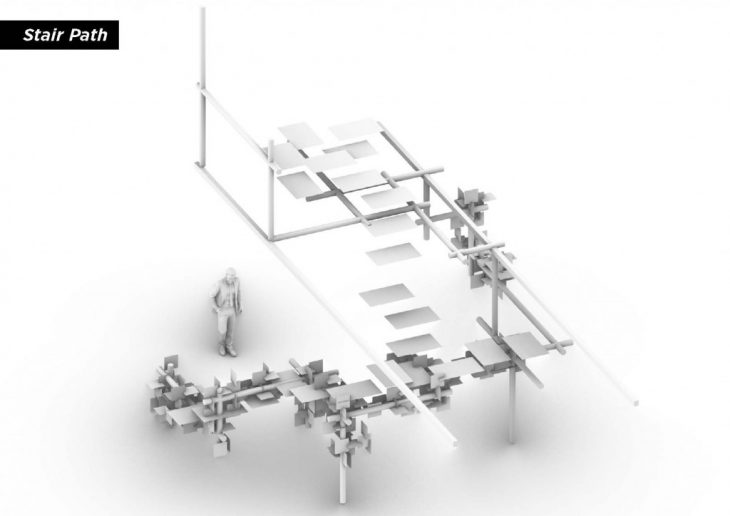
Then we aggregate between these components to create spaces, program, and additional supports.

A close-up of the 'stair-mushroom'
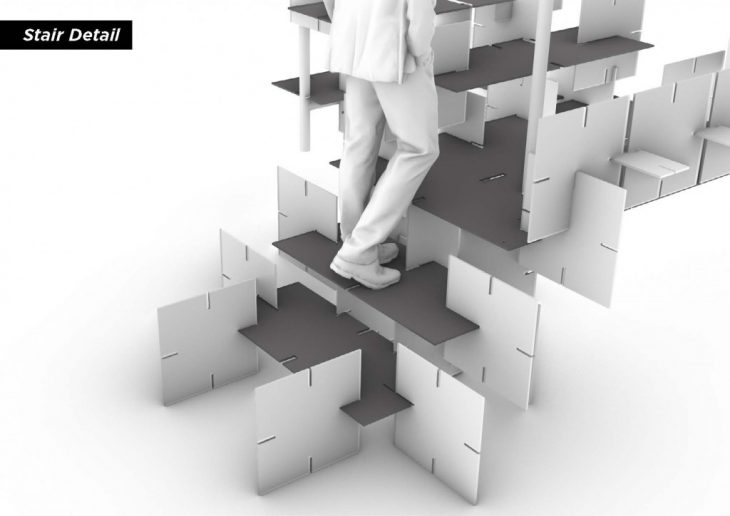
Strategy for joining modules to primary structural elements.
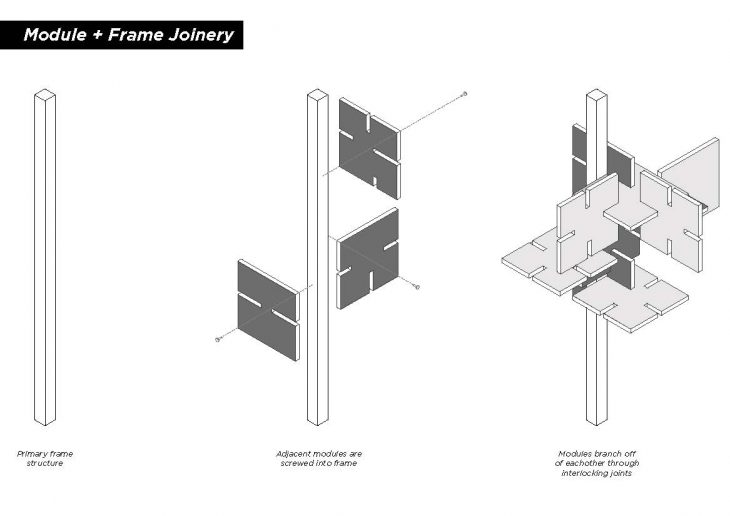
Images taken from the final mid-term workshop.
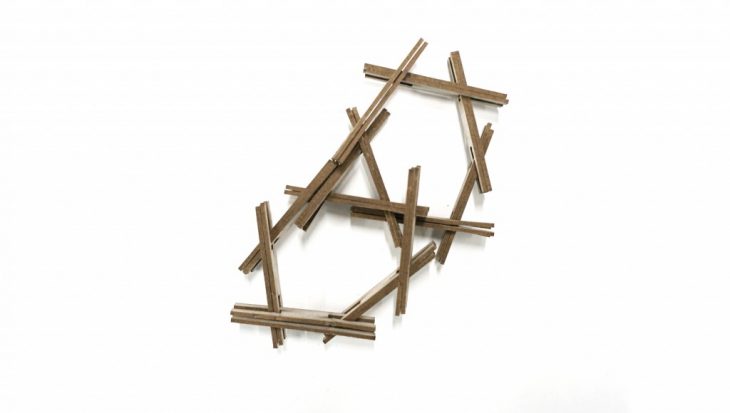
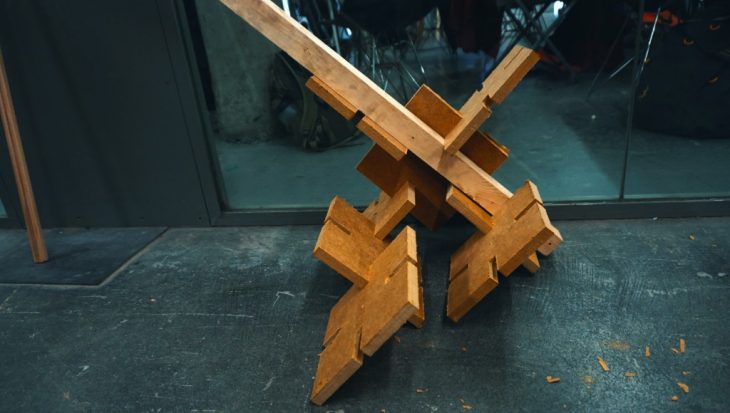
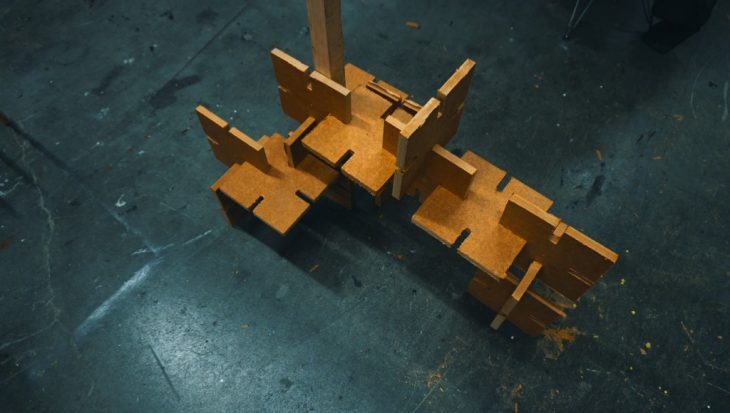
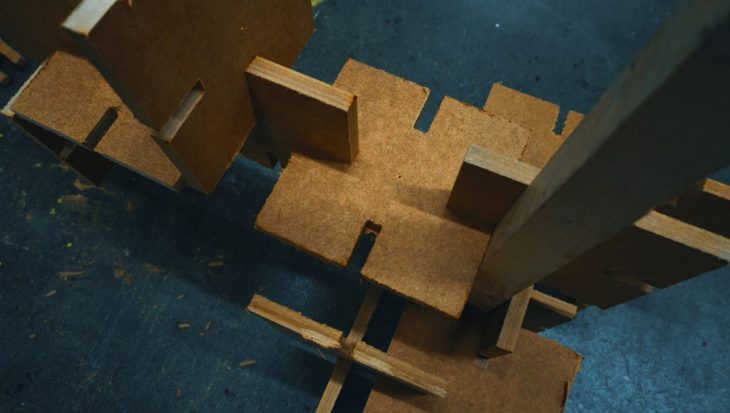
Mushrooms, Semester 2
Tutors: Manja van de Worp
Technical Support: Raimund Krenmueller, Cesar Arroyo
Authors: Amin Ziaie Bigdeli, Sabrina Naumovski, Lars Erik Elseth, Mohamedi Ifthikar Noordeen















